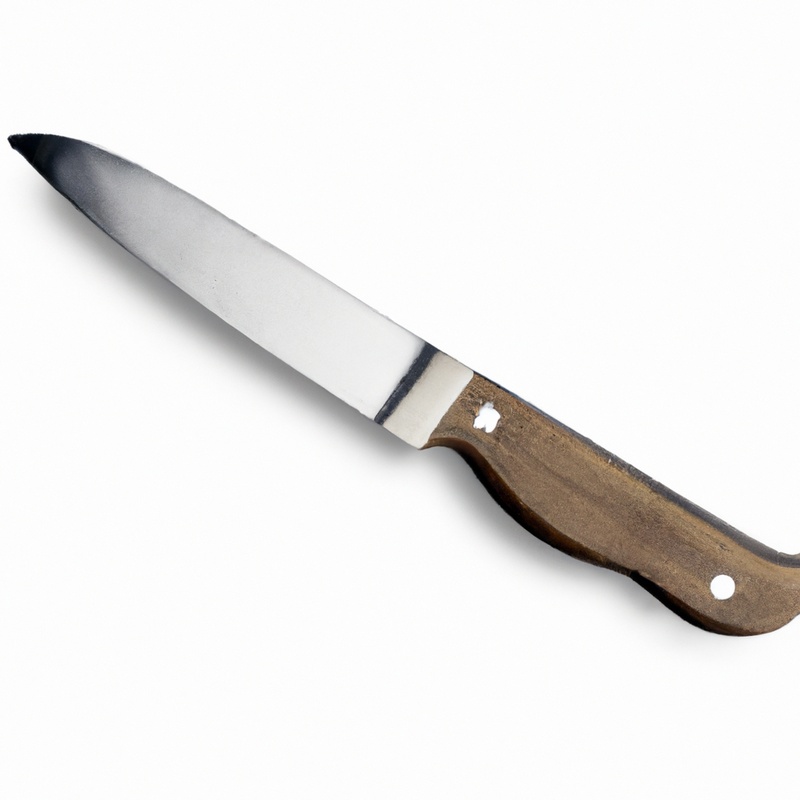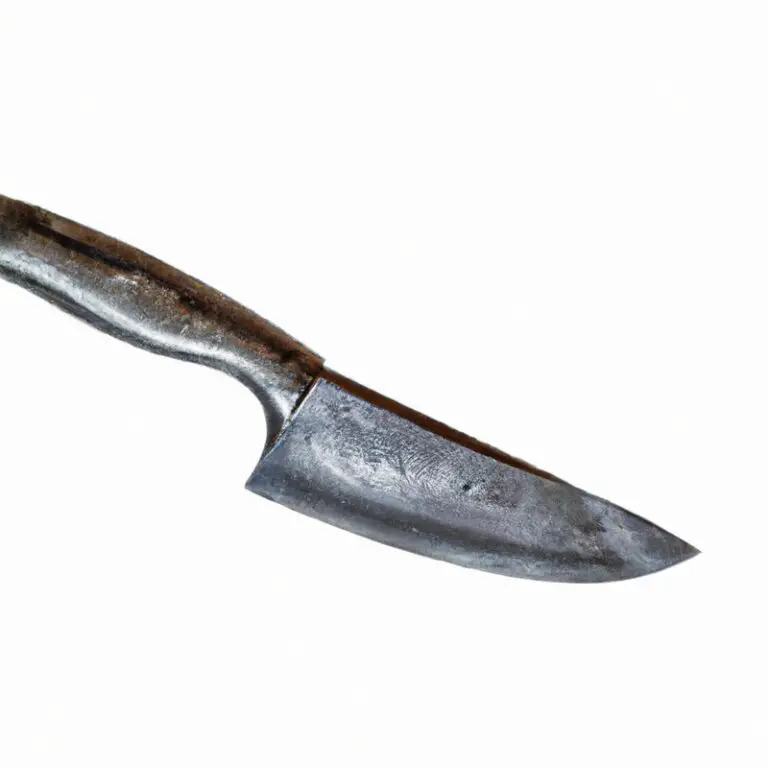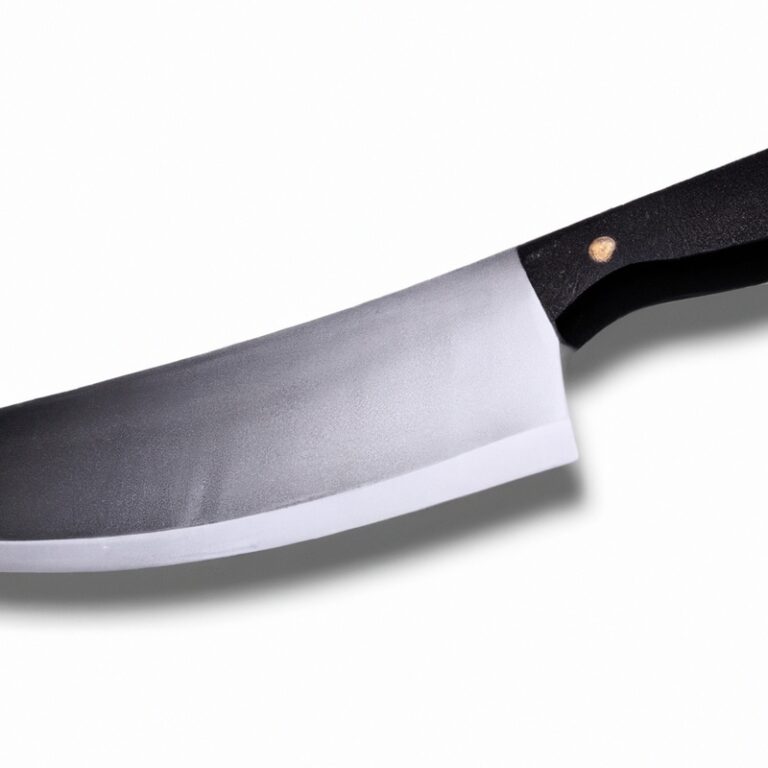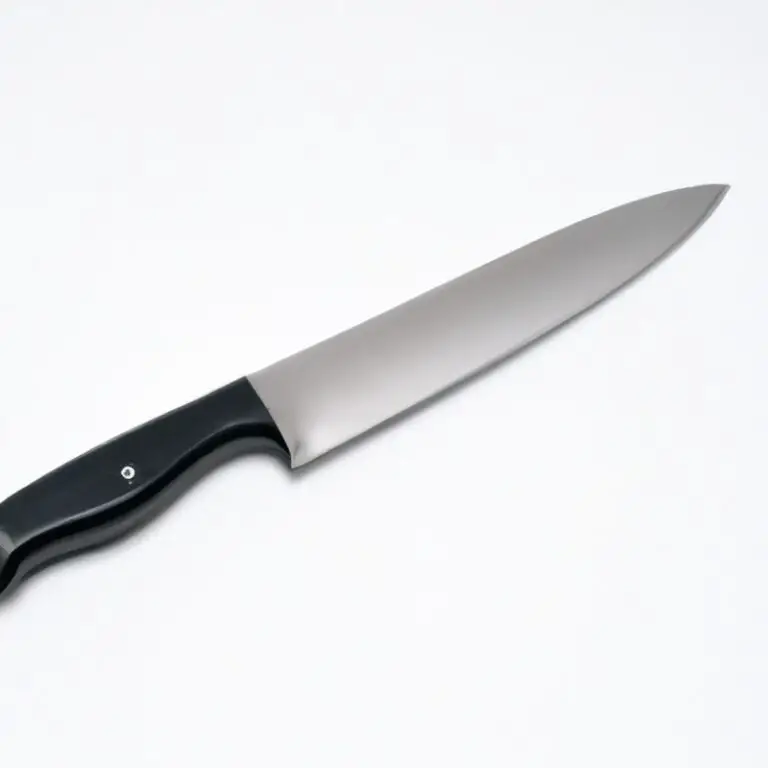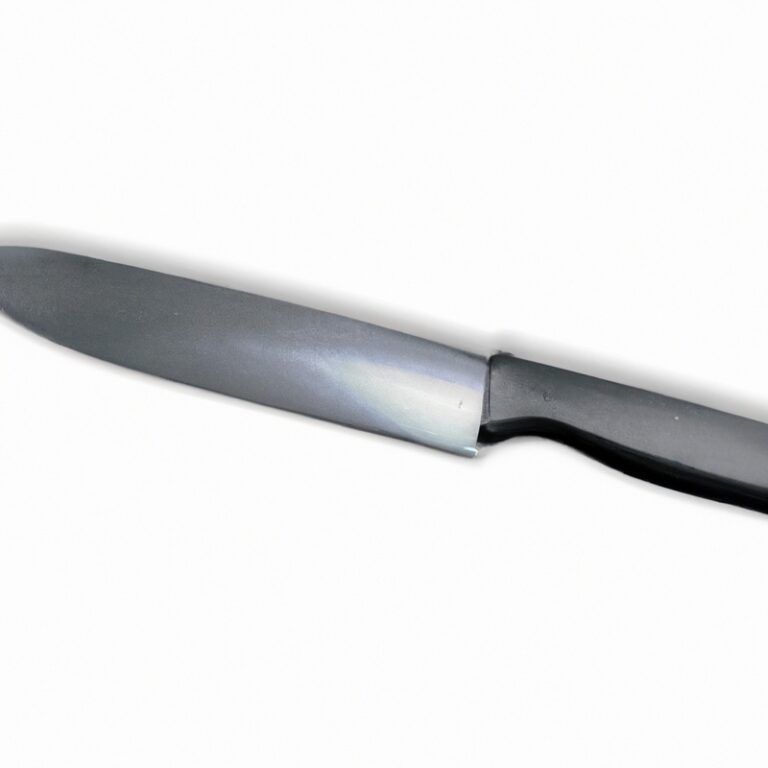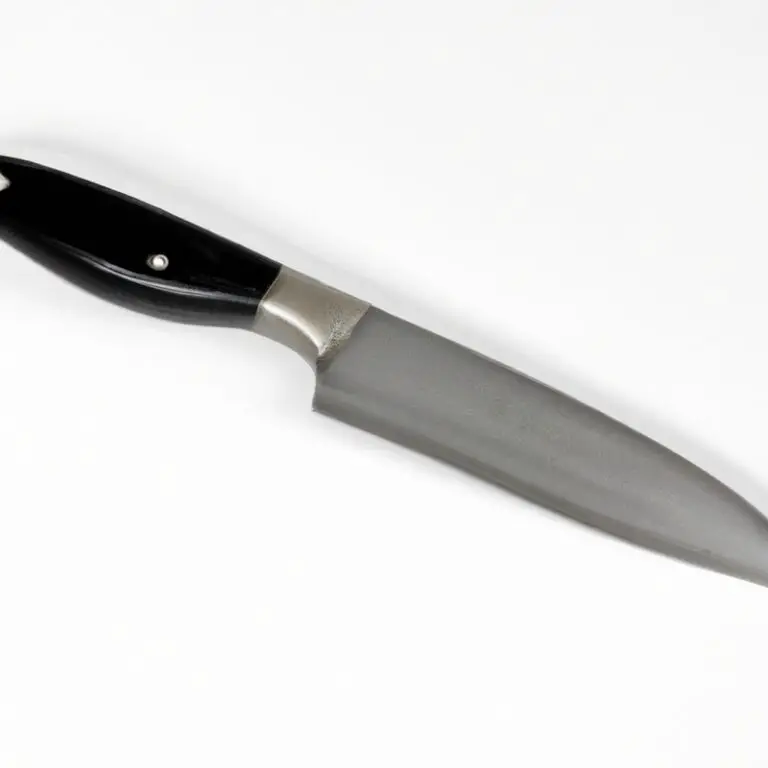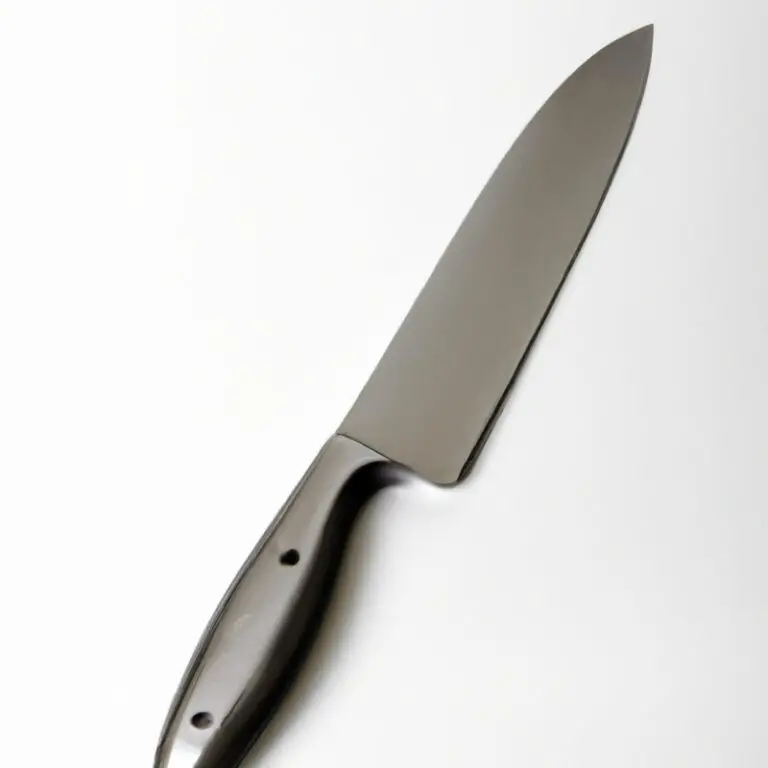What Is The Difference Between a Flexible And Stiff Fillet Knife? – Choose Wisely!
Key Takeaways:
- A flexible fillet knife is ideal for delicate filleting tasks that require precision and a gentle touch.
- A stiff fillet knife is better suited for tougher fish and meat, as it offers more control and stability during cuts.
- Choosing the right fillet knife ultimately depends on the type of food you will be filleting, your personal preference, and skill level.
- Investing in a high-quality fillet knife is a wise choice for anyone who frequently prepares meat or fish and wants to achieve professional results.
Have you ever struggled to fillet a fish properly? The secret to getting a precise and clean cut lies in choosing the right knife for the job.
When it comes to fillet knives, the debate between a flexible and stiff blade is a longstanding one.
While both have their merits, the choice ultimately comes down to the type of fish you’ll be filleting. In this article, we’ll explore the key differences between flexible and stiff fillet knives, how each one affects the cutting experience, and provide tips on how to choose the right knife and maintain it for long-term use.
| Features | Flexible Fillet Knife | Stiff Fillet Knife |
|---|---|---|
| Blade Strength | Flexible | Stiff |
| Blade Thickness | Thin | Thick |
| Blade Flexibility | High | Low |
| Cutting Method | Bend and Glide | Rock and Cut |
| Types of Fish | Thin and delicate | Thick and bony |
| Ideal for | Fillet and skinning | Fillet and chopping |
Flexibility: How it Affects Your Cutting Experience
The flexibility of a fillet knife plays a major role in your cutting experience. A flexible blade allows for more precise and delicate cuts, making it perfect for filleting fish with smaller bones and more intricate cuts like sashimi and sushi.
A stiff blade, on the other hand, is better suited for cutting through tougher, larger fish and bones.
When deciding which type of blade to use, consider the type of fish you will be filleting and the desired cut you want to achieve. A fillet knife with the right amount of flexibility will help you achieve the perfect cut every time.
Anatomy of a Fillet Knife: Understanding the Blade
The anatomy of a fillet knife consists of three main parts: the blade, handle, and tang. The blade is the most crucial component, and understanding its characteristics is vital to choosing the right fillet knife for your needs.
Firstly, the blade’s length is an essential factor to consider, as a more extended blade is better suited for larger fish.
Additionally, the blade’s thickness can affect its flexibility. A thicker blade will be stiffer, while a thinner blade will allow for more flexibility.
Furthermore, the blade’s shape can also impact its cutting abilities.
Some fillet knives have curved blades, while others have straight ones. A curved blade is recommended for filleting round fish, while a straight blade is better for filleting flat fish.
Lastly, the blade’s material plays a significant role in its effectiveness and durability.
High-quality fillet knives are typically made from stainless steel, which resists corrosion and stays sharp for more extended periods. Understanding the blade’s anatomy is crucial to selecting the right fillet knife for your intended use.
Flexibility vs. Stiffness: Which is Better for Filleting?
When it comes to filleting fish, both flexible and stiff fillet knives have their advantages. Flexible blades are ideal for delicate cuts like deboning or skinning, while stiff blades are better suited for tougher cuts like breaking down larger fish.
Ultimately, the best knife for the job will depend on the type of fish and filleting technique you’re using.
It’s important to choose a knife that feels comfortable in your hand and is of high-quality to ensure a clean and precise cut every time.
The Importance of Blade Sharpness
Blade sharpness is crucial when it comes to fillet knives. A sharp blade helps cut through soft flesh, fish bones, and skin with minimal effort and precision.
Dull blades not only make the filleting process more difficult but also increase the risk of injury.
Moreover, dull blades do not produce clean cuts, leading to wastage of valuable meat. It is essential always to maintain the sharpness of your fillet knife to ensure efficient and safe filleting.
Sharpen your knife regularly using a sharpening stone or honing rod to maintain its sharpness.
Remember that sharp blades are more efficient, safer, and produce better results.
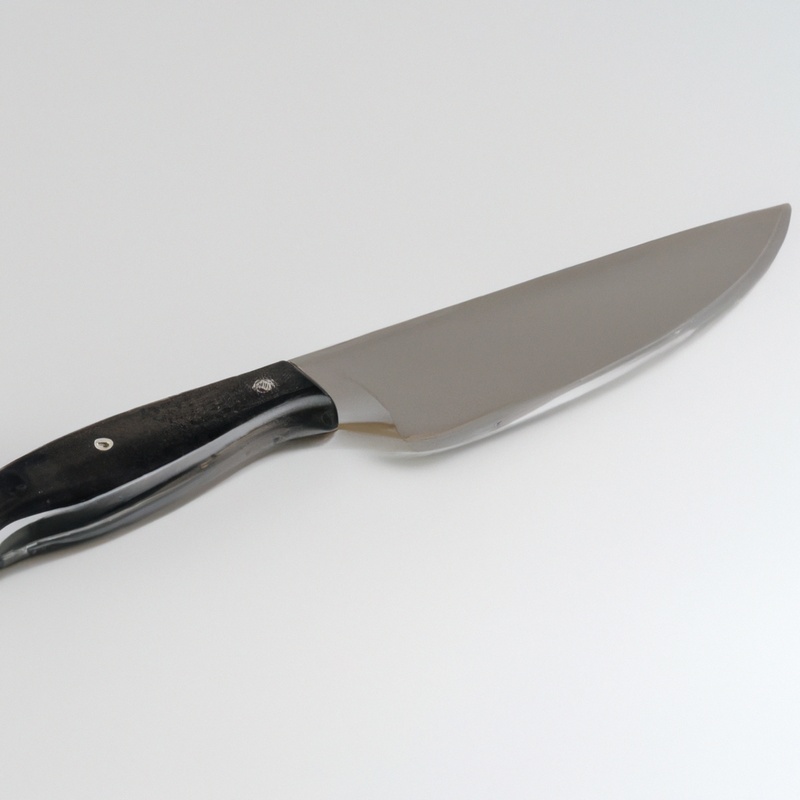
Choosing the Right Knife for the Job
When it comes to choosing the right knife for the job, it’s important to consider the type of fish you’ll be filleting and the desired cut. For delicate cuts, a flexible blade is preferred as it allows for greater precision.
On the other hand, for tougher cuts requiring more force, a stiff blade is the better option to provide the necessary leverage.
Additionally, consider the size and weight of the fish. Smaller fish may require a shorter blade, while larger ones may need a longer blade for greater coverage.
When choosing a fillet knife, it’s essential to inspect the blade for quality and sharpness, as a dull or low-quality blade can damage the fish and make the filleting process more difficult.
Ultimately, investing in a high-quality fillet knife will not only make your job easier but also provide long-term durability and longevity. Consider specialty blades such as electric or manual fillet knives for specific needs.
In summary, carefully consider the fish and desired cut, inspect the blade for quality and sharpness, and invest in a high-quality knife for best results.
How to Maintain Your Fillet Knife
Maintaining your fillet knife is crucial for both its longevity and your safety. Here are a few simple steps to keep your fillet knife in top form:
- Clean your knife after each use with soap and warm water. Be sure to dry it thoroughly before storing it.
- Avoid putting your fillet knife in the dishwasher as the high heat and detergents can damage the blade.
- Sharpen your knife regularly to maintain its sharpness. You can use a sharpening stone or honing rod to keep the blade edge keen.
- Store your fillet knife in a sheath, blade guard, or wooden block to protect the blade from any damage.
By regularly cleaning and sharpening your fillet knife and storing it properly, you can prolong its lifespan and ensure it is always ready for your next catch.
Flexibility for Delicate Cuts: Sashimi and Sushi
Flexibility is crucial when it comes to making delicate cuts for dishes like sashimi and sushi. A flexible fillet knife allows for smooth and precise cuts, which are essential for presentation and taste.
A stiff blade, on the other hand, might damage the fish and leave behind an uneven texture.
When choosing a fillet knife for sashimi or sushi, prioritize flexibility over stiffness. A flexible blade is ideal for slicing through the fish’s delicate texture, allowing you to achieve the perfect cut with ease.
Remember to choose a high-quality flexible fillet knife that is comfortable for you to use and easy to maintain.
Stiffness for Tougher Cuts: Breaking Down Larger Fish
Stiffness is crucial for breaking down larger fish, ensuring you can cut through the tougher meat without any difficulty. Filleting a large fish requires a sturdy blade that can maintain its shape and will not flex too much under pressure.
A stiff fillet knife allows for more consistent and precise cuts that can make the process easier and more efficient.
With a stiff blade, you can fillet larger fish like salmon or halibut with ease, and you can ensure that every cut you make is precise and clean. When it comes to tougher cuts, a stiff fillet knife is a must-have in your collection.
Durability and Longevity: Investing in Quality Fillet Knives
Investing in a quality fillet knife can greatly impact its durability and longevity. Choosing a knife made with high-quality materials, such as stainless steel or carbon, can prevent rusting and corrosion, ensuring a longer lifespan.
Additionally, knives with a sturdy handle and full tang construction offer better durability and control during use.
Proper maintenance, including honing and sharpening, can also extend the life of your fillet knife. It’s important to invest in a quality fillet knife to ensure it remains sharp and effective for years to come.
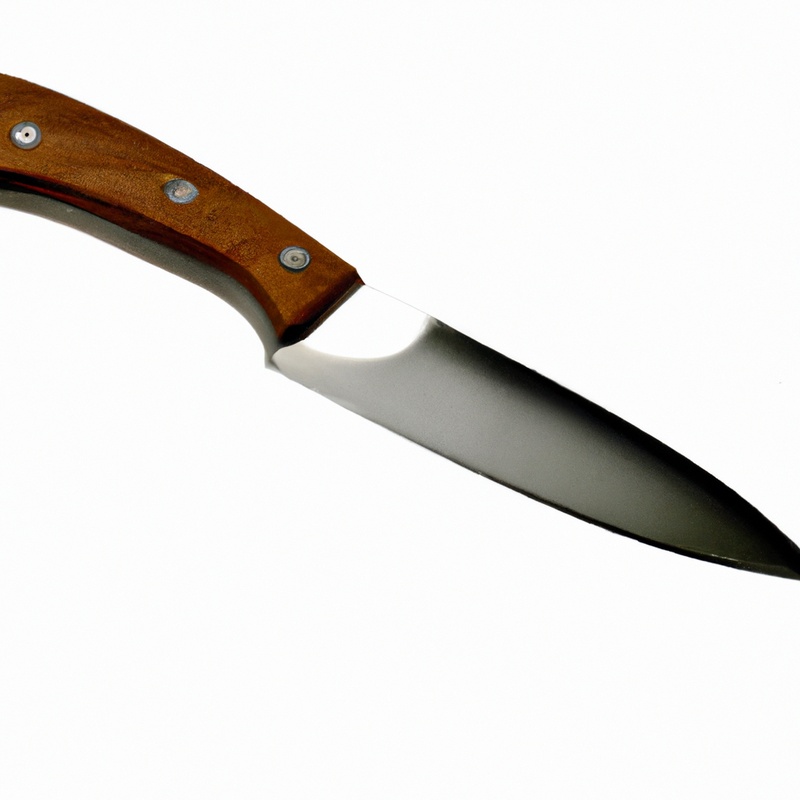
Specialty Blades: Electric vs. Manual Fillet Knives
When it comes to specialty blades for fillet knives, two main types are available: electric and manual. Electric fillet knives are powered by electricity and have rotating blades that oscillate back and forth, making filleting quick and effortless.
On the other hand, manual fillet knives require the user to apply pressure to the blade and move it back and forth manually.
Electric fillet knives are ideal for filleting large quantities of fish, as they require less physical effort and allow for faster processing times. They also provide a more consistent cut due to their automatic blade movement.
However, they require more maintenance and can be more expensive than manual fillet knives.
Manual fillet knives, on the other hand, require more physical effort but are more affordable and easier to maintain. They also offer greater control over the cutting process, which is beneficial for filleting small or delicate fish.
Some seasoned filleters personally prefer manual fillet knives over electric ones due to the greater level of control they offer.
Ultimately, the choice between electric and manual fillet knives comes down to personal preference and the specific needs of the user. While electric fillet knives provide convenience and speed, manual fillet knives offer greater control and affordability.
Final Verdict
Choosing the right fillet knife can make a significant difference in your cutting experience. Whether you prefer a flexible or stiff blade, each has its advantages and best suited for different types of cuts.
Maintaining your knife’s sharpness and investing in quality blades can also impact your filleting results.
By understanding the anatomy of your fillet knife and the unique needs of your cutting tasks, you can enhance your kitchen skills and achieve professional-level results. Remember, a good fillet knife is an investment in your culinary journey, and it’s worth taking the time to do your research and choose wisely.

